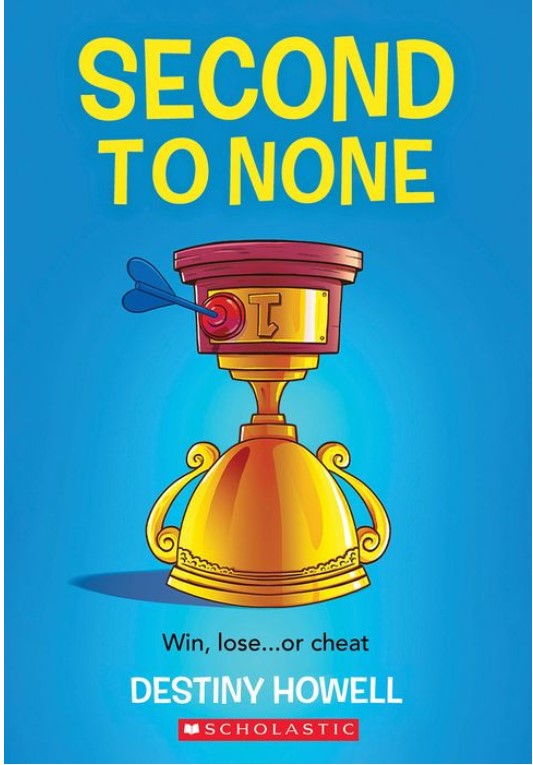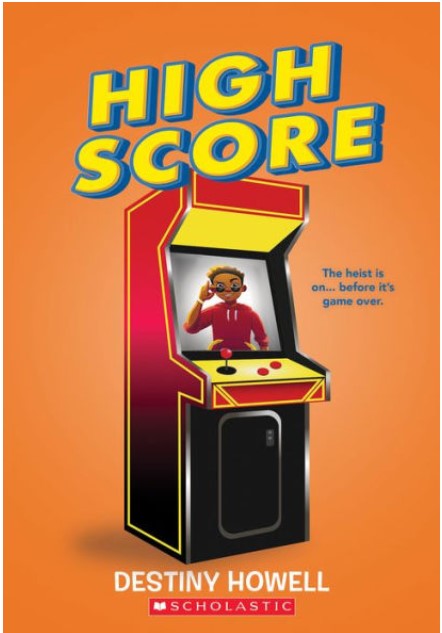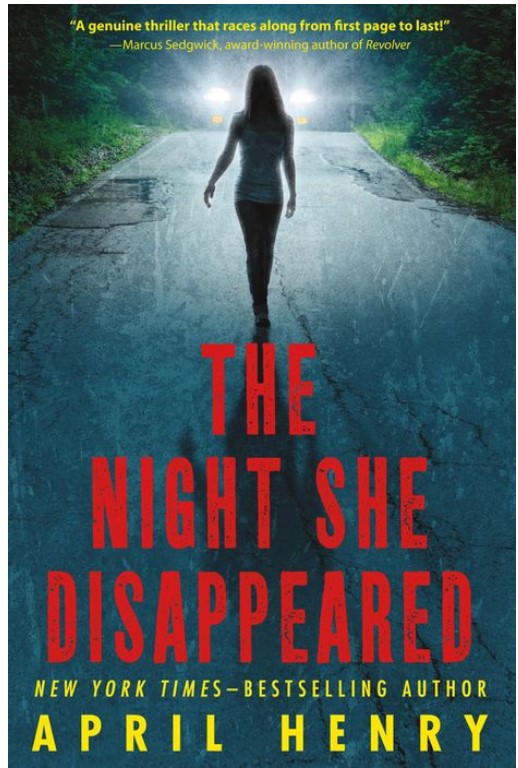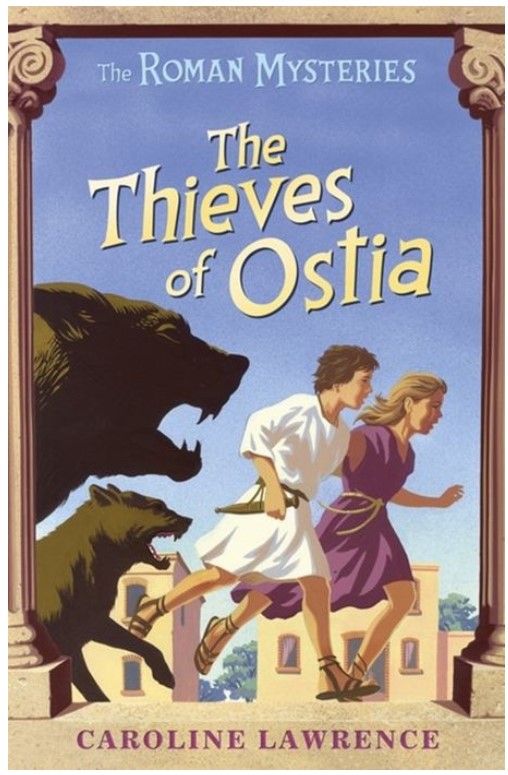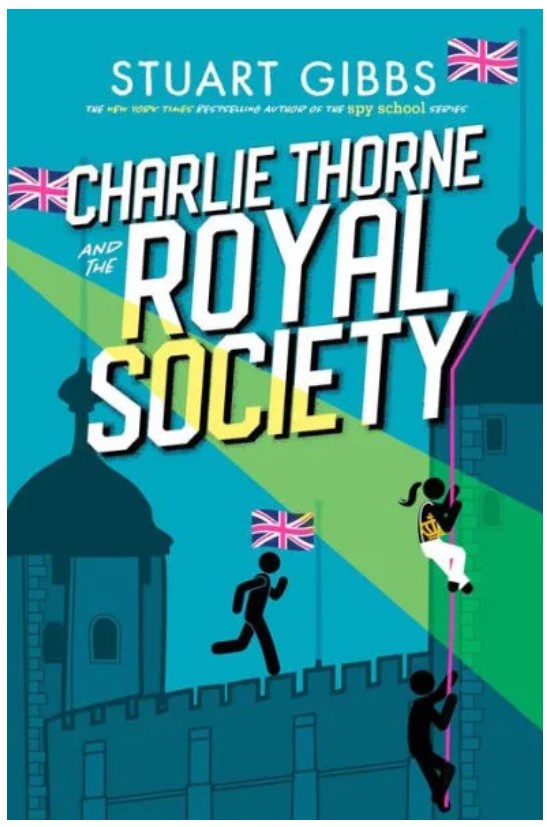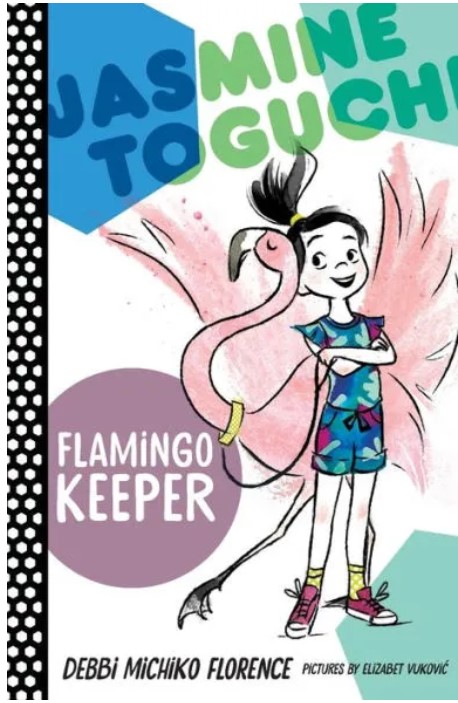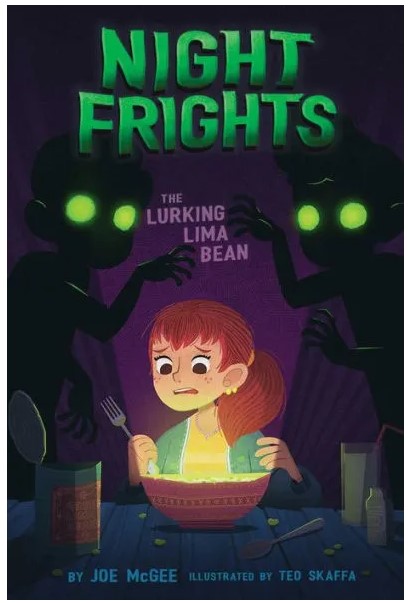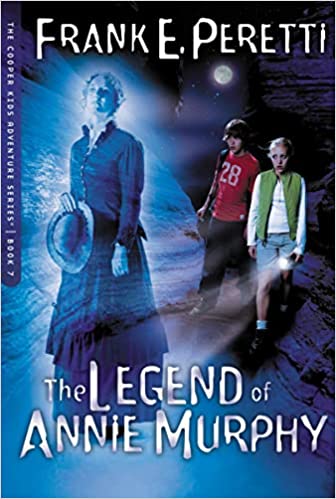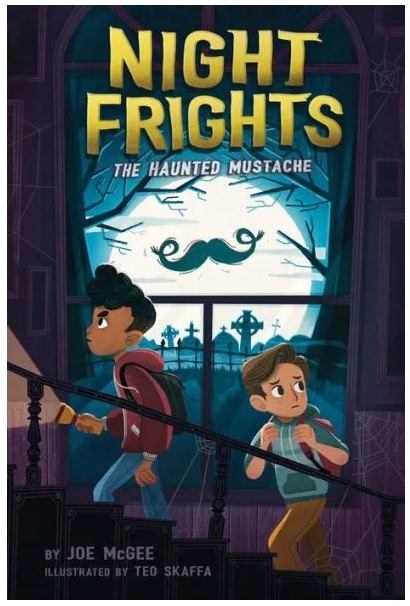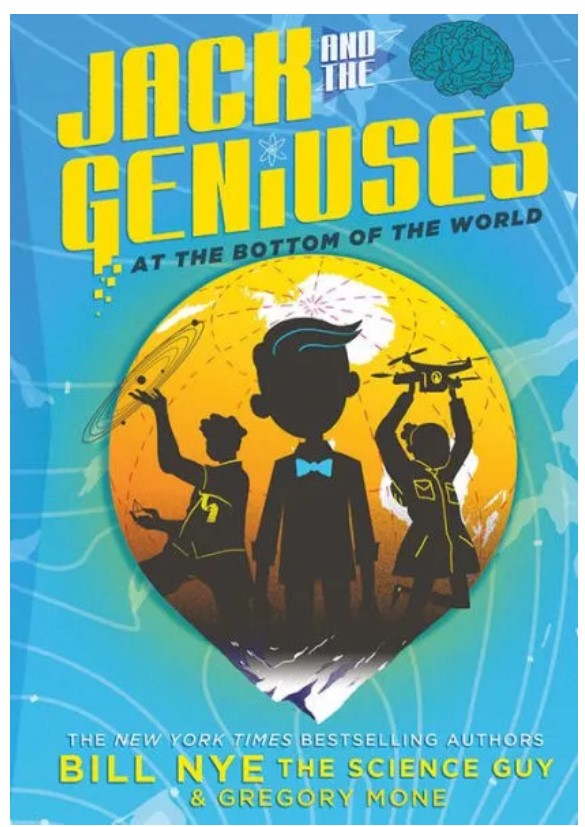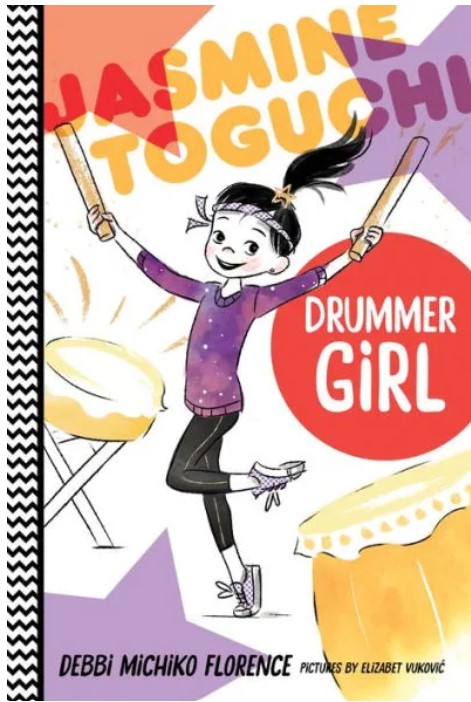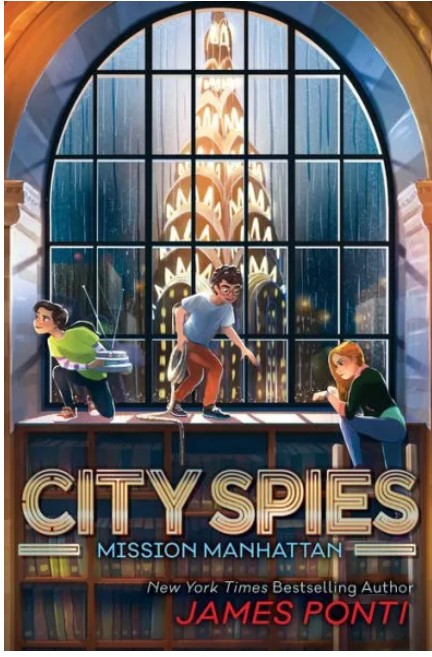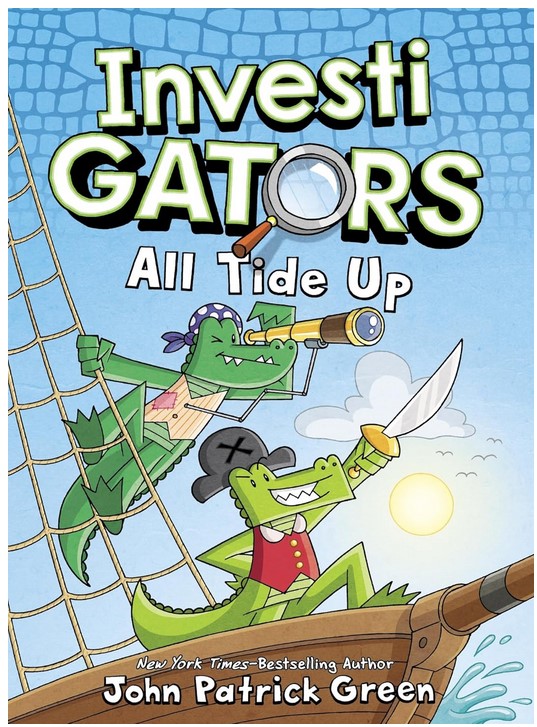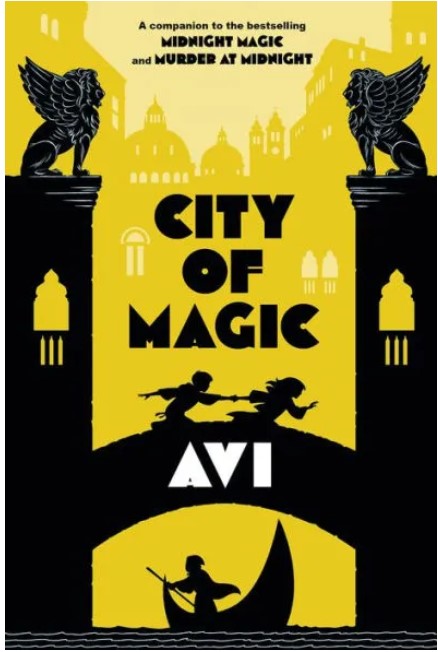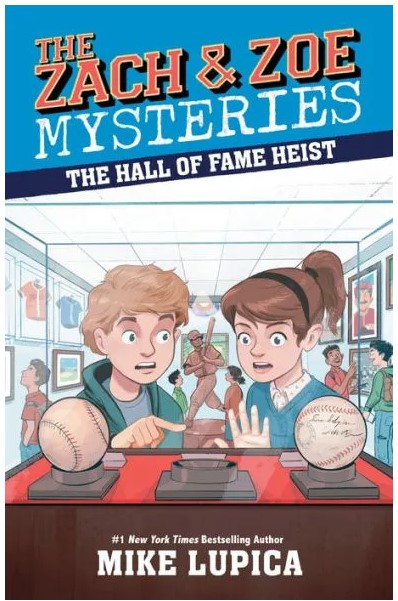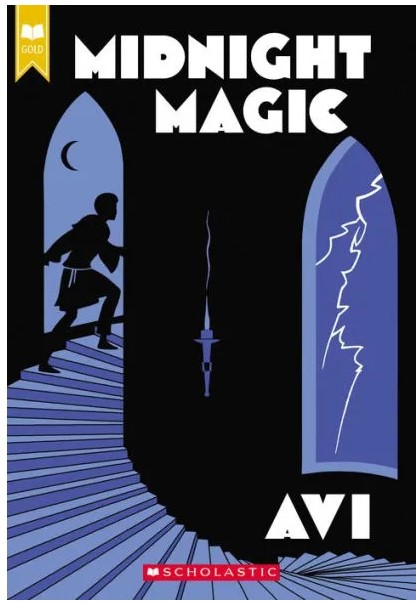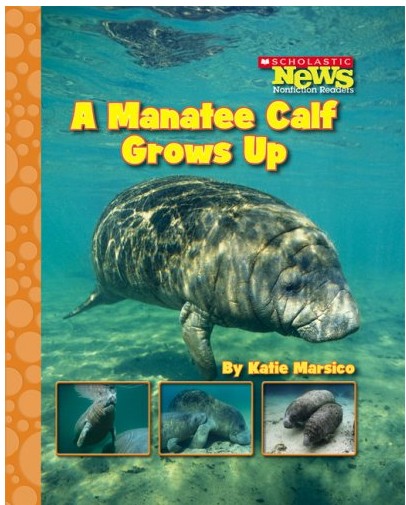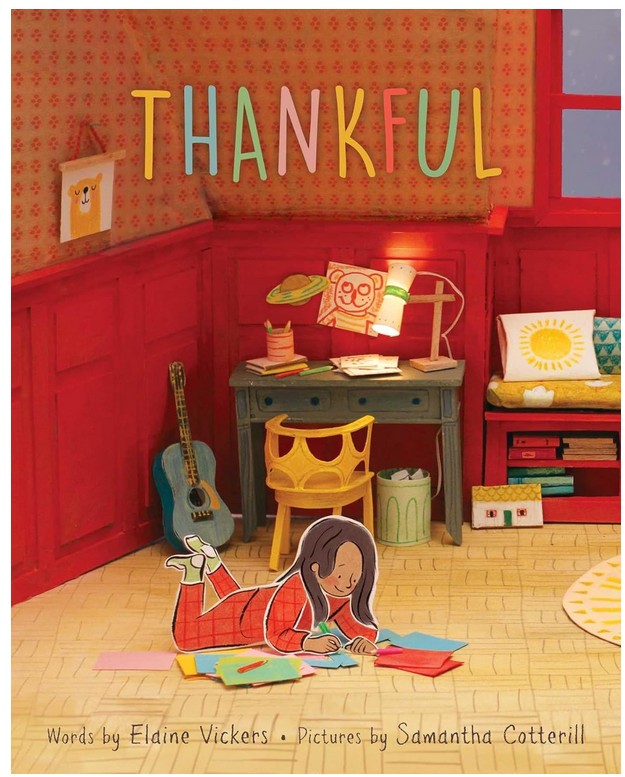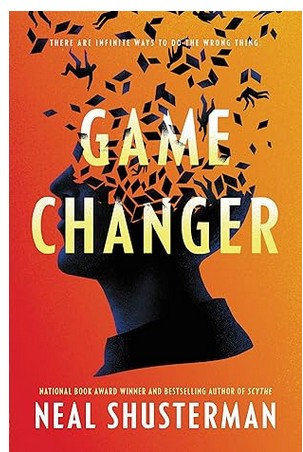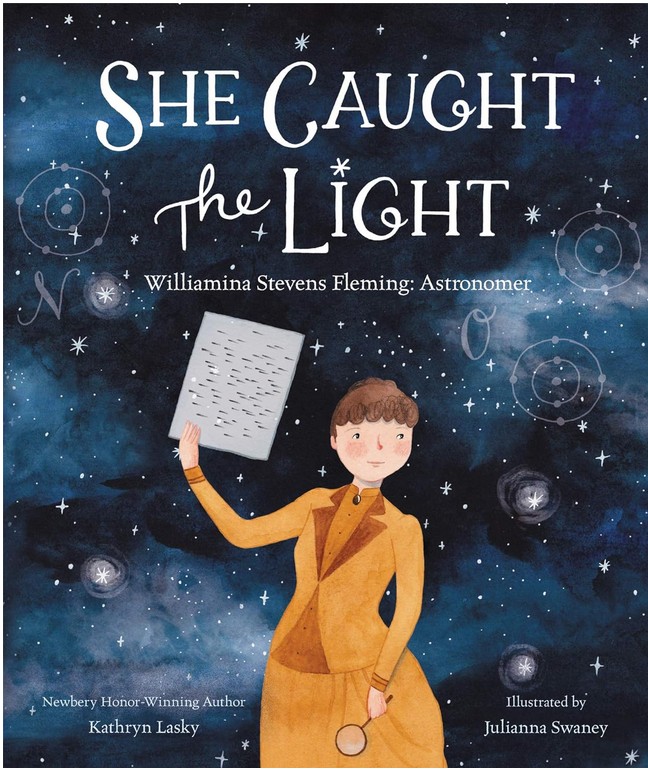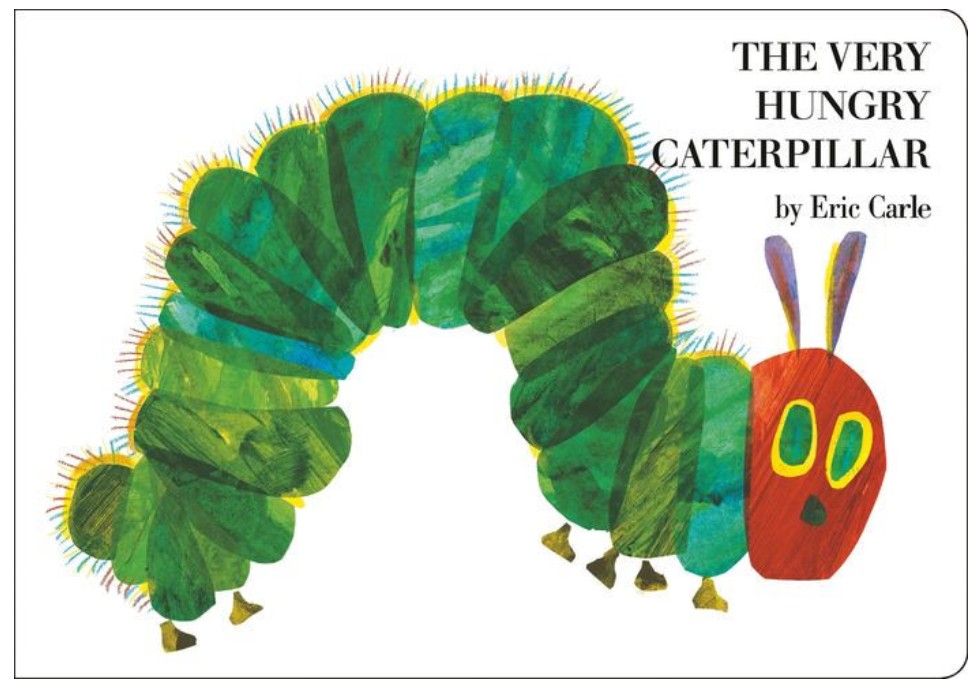In it to win it. Every school has their number ones: the class president, the first chair in band, the spelling bee champion. And behind every high rolling high achiever? A kid in second place.
Twelve-year-old DJ has a reputation for being the go-to kid for solving just about any problem. Need help getting an unfair teacher or bully off your back? DJ is your guy. He knows the social order of Ella Fitzgerald Middle School like the back of his hand. So when the usual winners start losing ― all at the same time ― he knows something is wrong. Very wrong.
With the help of his usual crew, Audrey, Monty, and Connor, DJ is determined to get to the bottom of what’s happening. Maybe it’s all in his head. Or maybe there’s a conspiracy at work. DJ and his friends will have to figure it out ― before the school saboteur comes for them.
Second to None is told from DJ’s point of view and uses a conversational tone that makes readers feel as if they are part of DJ’s crew. While at his previous school, DJ used his powers of observation and his ability to plan to take advantage of others. Now, in an attempt to relieve his guilt, DJ is using his skills to help others. DJ’s transformation from a criminal to a champion allows readers to see how a person’s actions have far-reaching consequences. DJ is an innovative, likable protagonist who makes readers want to hang out and hear his story.
DJ’s crew, while not well-developed, are unique, interesting characters who are unlikely friends. DJ’s best friend, Connor, is impulsive and often has to be reined in by DJ. While DJ only wants to use his skills to help others, Connor enjoys manipulating others. Even though it’s against the school rules, Connor plays in a gaming tournament where cheating is expected, and Connor is a master cheater. In addition, Connor bets on any school event involving a competition, including the spelling bee, and who will be the captain of the Quiz Bowl. The contrast between DJ and Connor adds interest to the story, but Connor’s behavior shows that cheating and gambling are acceptable behavior.
Any middle schooler (especially those who have older siblings) will relate to the events in Second to None because it focuses on students who have been in second place repeatedly. Anyone who feels as if they have been overshadowed by someone else will understand the hurt that causes. A group of second-place students plot to sabotage those who always come in first. The book acknowledges the frustration and pain of those who have lost while showing that sabotaging others is wrong. When the group’s leader is revealed, the person receives just punishment and is given mandatory counseling. Second to None would make an excellent discussion starter about honesty, integrity, and the importance of communication.
Readers first meet DJ and his crew in High Score; however, Second to None gets readers up to speed by summarizing the main events in High Score. Nevertheless, Second to None will be more enjoyable for those who have read High Score. Second to None is an entertaining read that explores the social hierarchy of middle school. The story features three different groups that use their power to manipulate others. While the events are a bit outlandish, middle-grade students will enjoy the story’s mystery and humor, as well as the friendship between DJ and his crew.
Howell does an excellent job of creating characters with a unique voice and highlighting the difficulties of being in middle school. Readers looking to add more mystery to their lives should also read the Spy School Series by Stuart Gibbs and the Jack and the Geniuses Series by Bill Nye & Gregory Mone. However, readers who love unique and humorous stories should read The Magical Reality of Nadia by Bassem Youssef & Catherine R. Daly and Lost in the Mushroom Maze by Ben Costa & James Park.
Sexual Content
- None
Violence
- None
Drugs and Alcohol
- None
Language
- Heck is used a few times.
- Dang is used once.
- A few of the students call a classmate an idiot.
Supernatural
- None
Spiritual Content
- None
